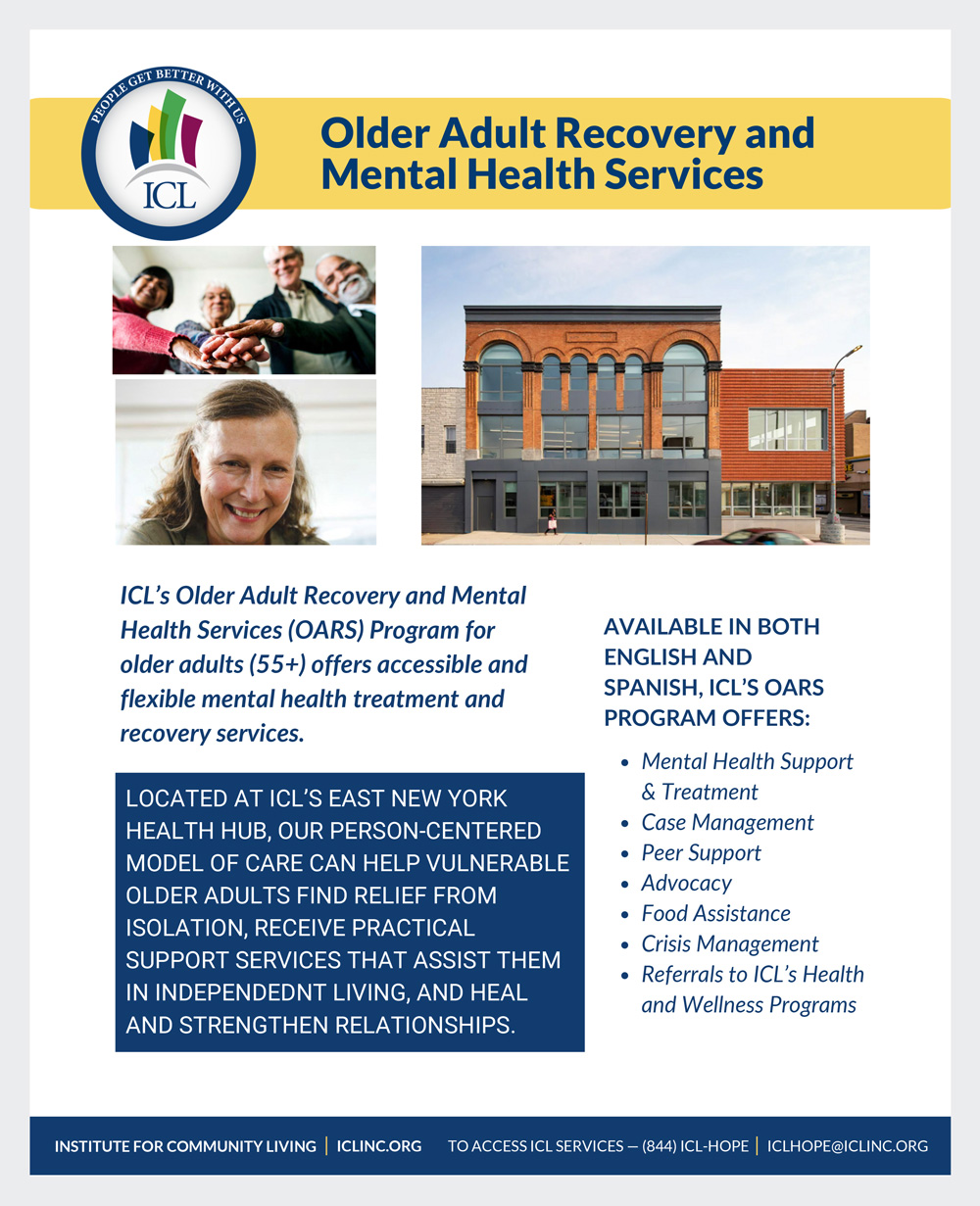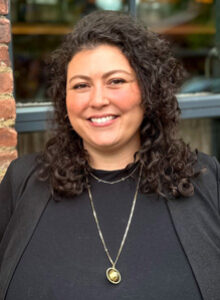People are living longer, and the cost of living continues to rise. Where does that leave our next generation of seasoned individuals once they can no longer work? Will my family have the means to take care of me? Do I have a family? Will I have financial insecurity? Can I afford a nursing home? Are my children capable of the financial burden of caring for me? Can I continue to live my life the same way I once did? These are the spiraling anxious thoughts that many older people face.

It is a cruel reality that many older adults face: The cost of living is rising, and their savings might not be enough to live on. Saving is something many people were unable to accomplish during their lifetimes. Living in a one-income household does not give someone a safety net that allows them to live life in the same way that a dual-income household would. Even Americans in dual-income households often struggle to save. The National Council on Aging (NCOA) reports that the average person eligible for supplemental security income from the Social Security Administration received $551 per month (2024). They also report that 17 million people (or approximately one out of three) aged 65 and above live below the poverty line (2024). The challenge of living on a fixed income is that one unexpected cost can throw off an entire budget. It is important to consider that $551 does not cover most people’s rent in the United States.
In June 2022, the monthly inflation rate increased to an alarming 9.1% in the United States (2024). Most people cannot plan for the cost of living to increase to this level. Consequently, many older people cannot survive on their fixed incomes. Financial insecurity means that the cost of one’s needs is not obtainable due to the current cost of living and inflation. It can mean they cannot stop working when they are physically or mentally incapable of working anymore. This cycle does not just impact the person who is aging. It impacts the community they are living in, as well. Older adults could not predict that the cost of living would rise to the levels it has reached in recent years.
As human services providers, we must review how we can support our aging population. Nursing home facilities and assisted living facilities are dreaded by most people who are aging. Many nursing homes are for-profit agencies, meaning the more money you have, the better the accommodations will be.
New York City, where I work as Vice President of Transitional Shelters for the Institute for Community Living, is one of the most expensive cities to live in, and the homeless crisis here continues to rise. Year after year, people aged 60+ grow in the New York shelter system. According to NYC Department of Homeless Services (DHS) statistics, in July 2020, 1,626 adults over 60 were in shelters. In 2023, there were 1,988 adults more than 60 years old in single adult shelters (2024). (This does not include the older adults that are in family shelters.) That is about a 20% increase in three years.
The ability to care for these older individuals is a task that the shelter system is not designed for. Shelters do not have the staffing capacity or the ability to provide the medical support necessary for someone who cannot feed, dress, or bathe themselves. When a client cannot perform activities of daily living, they actually cannot return to shelter. The burden of finding a place for these people then falls on our hospital system.
People who have worked their entire lives are struggling to retire due to not being able to maintain their lifestyle on social security income and savings. Many people in the United States do not have pensions or retirement plans. They might not have a family to help support them when they get older. According to the Centers for Disease Control (CDC), in 2021, the highest amounts of suicides for people over the age of 55 were men aged 85 and older. The thought of someone taking their life at this fragile age is alarming. Loneliness, confusion, loss of physical health, mental health, and lack of purpose are some of the factors that lead to suicidal ideation. Financial supports and relational supports should be put in place as our society is living longer. The end of life should be a time for the younger generation to learn and benefit from the elder population’s knowledge and experiences. We are not experiencing that dynamic with our aging population in American society.
The older we get, the less people see us. NCOA provides help for older adults in navigating their finances and emotional well-being. Ageism is a real challenge that older adults are facing in workplaces and social settings. Regardless of our role in society, whether we are human services providers, policymakers, family members, or neighbors—at the very least, we would do well to remember to be kind to the older persons in our lives. We can say hello to the older individuals who pass us by every day. We don’t know what people are struggling with and how we can motivate someone to carry on.
Alyssa Nejmeh, LCSW, is Vice President of Transitional Shelters for Institute for Community Living.
References
Cost of living in the US- statistics & facts. 2024. Statista. https://www.statista.com/topics/768/cost-of-living/#editorsPicks
Department of Homeless Services. 2024. Stats and Reports. NYC.gov. https://www.nyc.gov/site/dhs/about/stats-and-reports.page
Garnett MF, Spencer MR, Weeks JD. Suicide among adults age 55 and older, 2021. NCHS Data Brief, no 483. Hyattsville, MD: National Center for Health Statistics. 2023. DOI: https://doi.org/10.15620/cdc:133701.
National Council on Aging. 2024, February 2. Get the Facts on Economic Security for Seniors. NCOA.org. https://www.ncoa.org/article/get-the-facts-on-economic-security-for-seniors






This was an amazing article written. This shows many of the reason I took care of my mother up until her passing of Covid in January 2021.